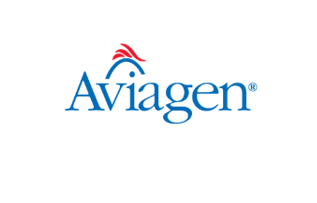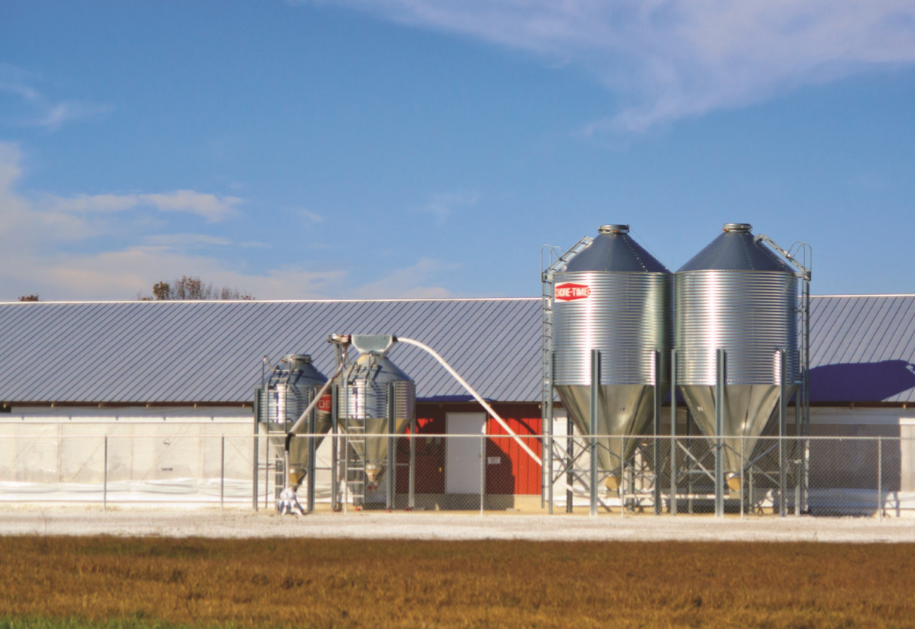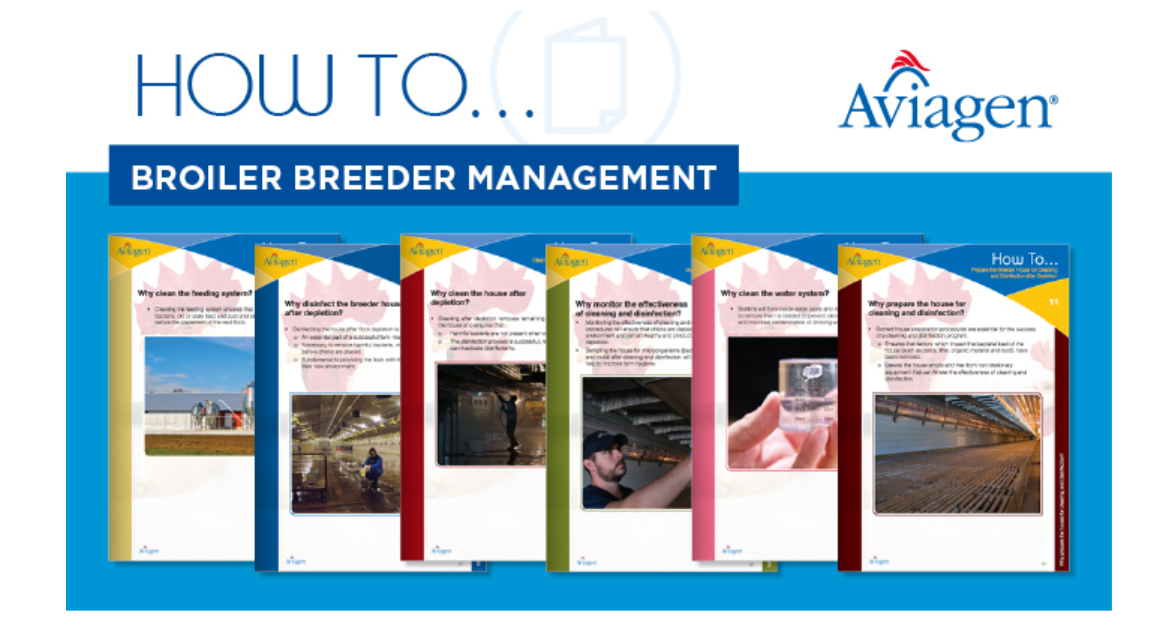



Why disinfect the breeder house after depletion?
Part of Series:
< Previous Article in Series Next Article in Series >
Disinfecting the house after flock depletion is:
- An essential part of a successful farm management program.
- Necessary to remove harmful bacteria, viruses and biofilms before chicks are placed.
- Fundamental to providing the flock with the best possible start in their new environment.
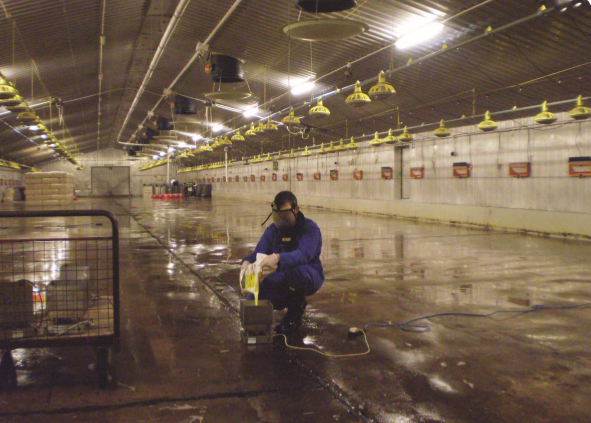
Procedure for disinfecting the breeder house after depletion
Disinfection should be done after cleaning and house repairs have been completed and when the house and equipment surfaces are dry. Only disinfectants that are compatible with the detergent used during cleaning are suitable for disinfection. All personnel should shower and change into clean clothing and boots before entering the house to reduce the introduction of harmful bacteria.
Equipment
- Power sprayer/pressure washer
- Backpack sprayer
- Protective clothing (rubber gloves, coveralls, masks, hats and eye protection)
- Approved disinfectant (compatible with detergent used for cleaning)
- Fumigation equipment and protective clothing (where allowed)
Procedure
Step 1
Ensure that the house has been thoroughly cleaned (see How To… Clean the Breeder House after Depletion). Disinfectants may become partially or fully inactive in the presence of residual organic material.
Step 2
Wear recommended protective clothing appropriate for the disinfectant.
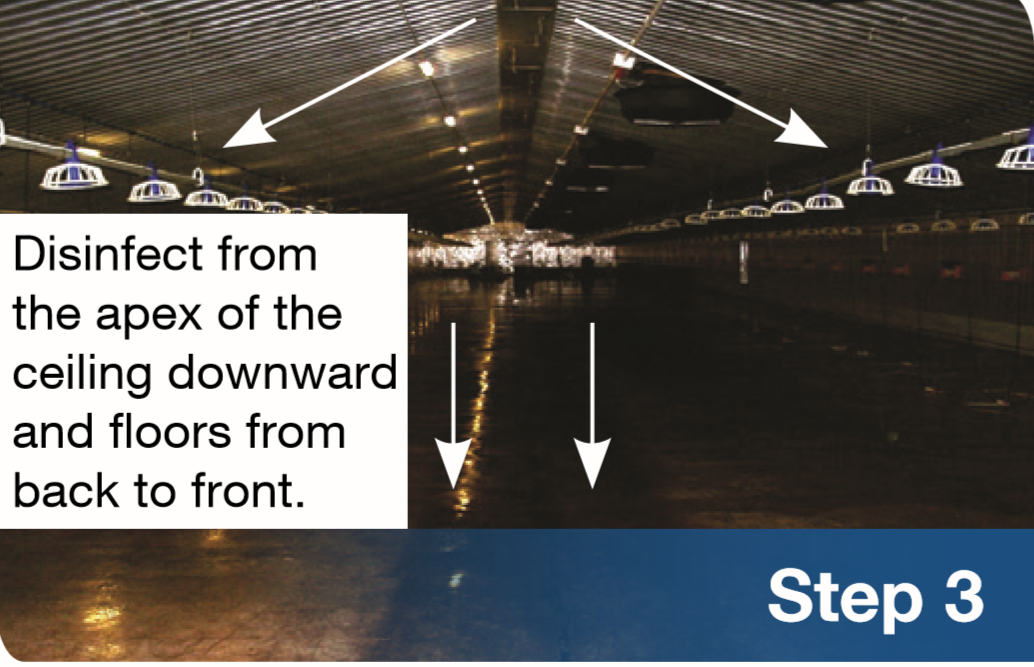
Step 3
Prepare an approved disinfectant according to manufacturer’s instructions. Using a power sprayer or backpack sprayer (for smaller houses), spray the disinfectant on all surfaces of the house using a ceiling-side walls-floor sequence. Also disinfect supplementary rooms, staff rooms and showers.
Step 4
Allow the house to dry by ventilation (open doors and inlets). If fumigation is permitted, the house should only dry until it is slightly damp. If fumigation is not permitted, the house should be allowed to dry completely.
Step 5
Once the house has dried, return and re-assemble any equipment that was removed for cleaning during house preparation (see How To…Prepare the Breeder House for Cleaning and Disinfection) and complete a second disinfection of the house and equipment. Where local legislation permits, formalin fumigation can be used as part of the second disinfection process. Fumigation must be conducted by trained personnel following local safety legislation and guidelines. Personnel welfare, health and safety guidelines must be followed and protective clothing (respirators, eye shields and gloves) must be worn.
- Formalin fumigation should be done as soon as possible after disinfection. Surfaces should be damp and the house warmed to a minimum of 21oC (70oF), and at a relative humidity of 65 - 70 percent.
- Doors, fans, ventilation grills and windows must be sealed, and the fumigation manufacturer’s recommendations must be followed.
- After fumigation, the house must remain sealed for 24 hours with NO ENTRY signs clearly displayed. The house must be thoroughly ventilated and formalin levels reduced to below 2 ppm before anyone enters.
Interpreting results
- Bacterial monitoring should be performed once cleaning and disinfection have been completed, and will confirm the effectiveness of the procedures. See How To…Monitor the Effectiveness of Cleaning and Disinfection for more information on specific bacterial monitoring procedures.
- No salmonella species should be isolated during sampling.
If salmonella is present, cleaning and disinfection procedures should be repeated until none is detected.








